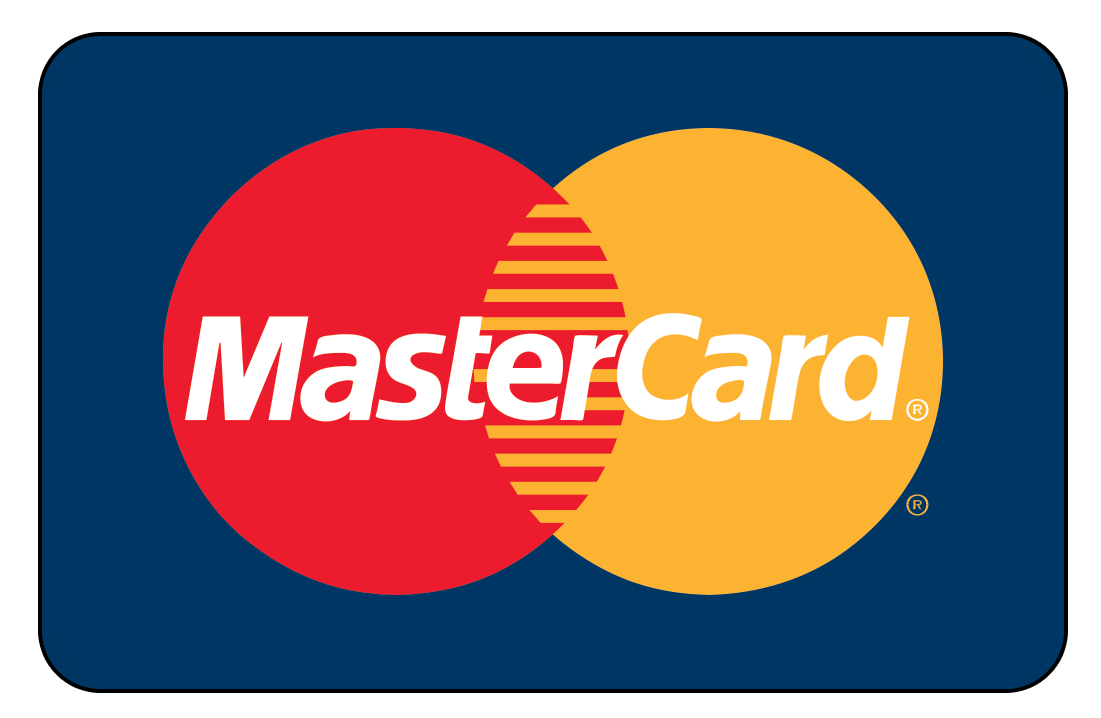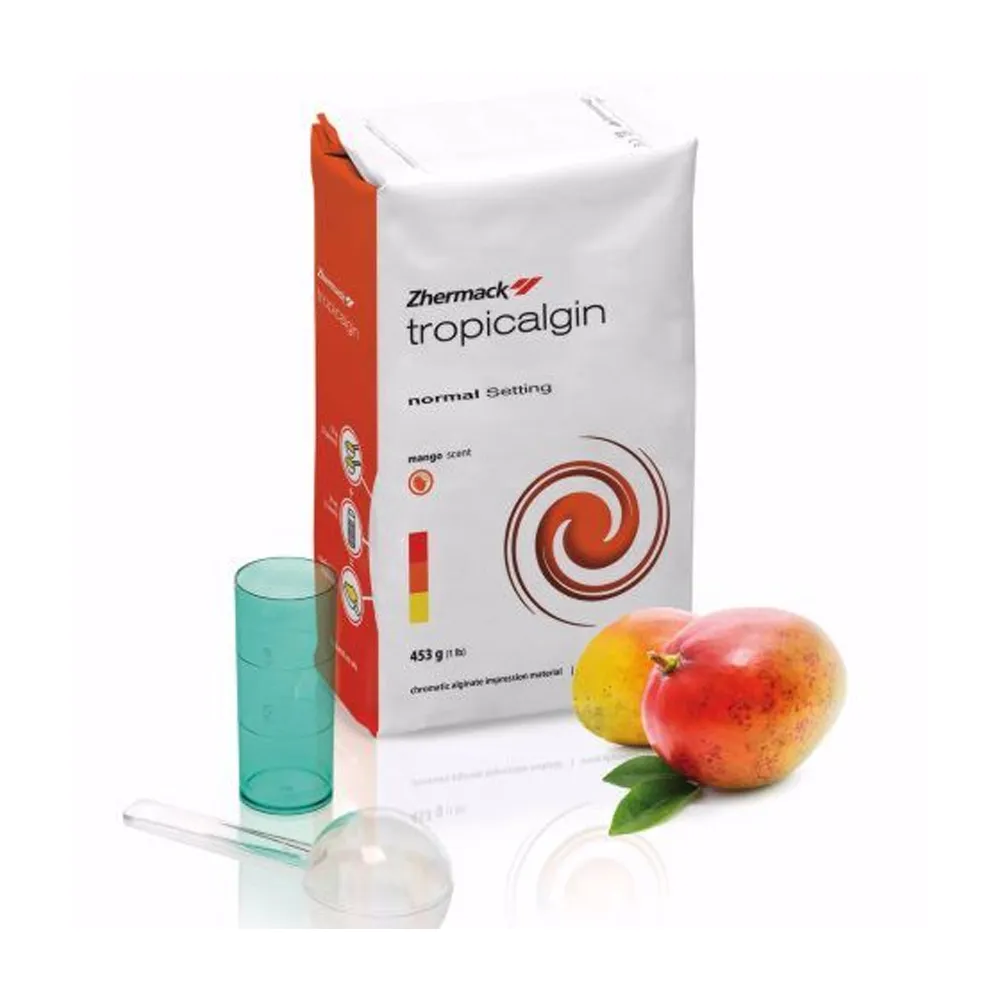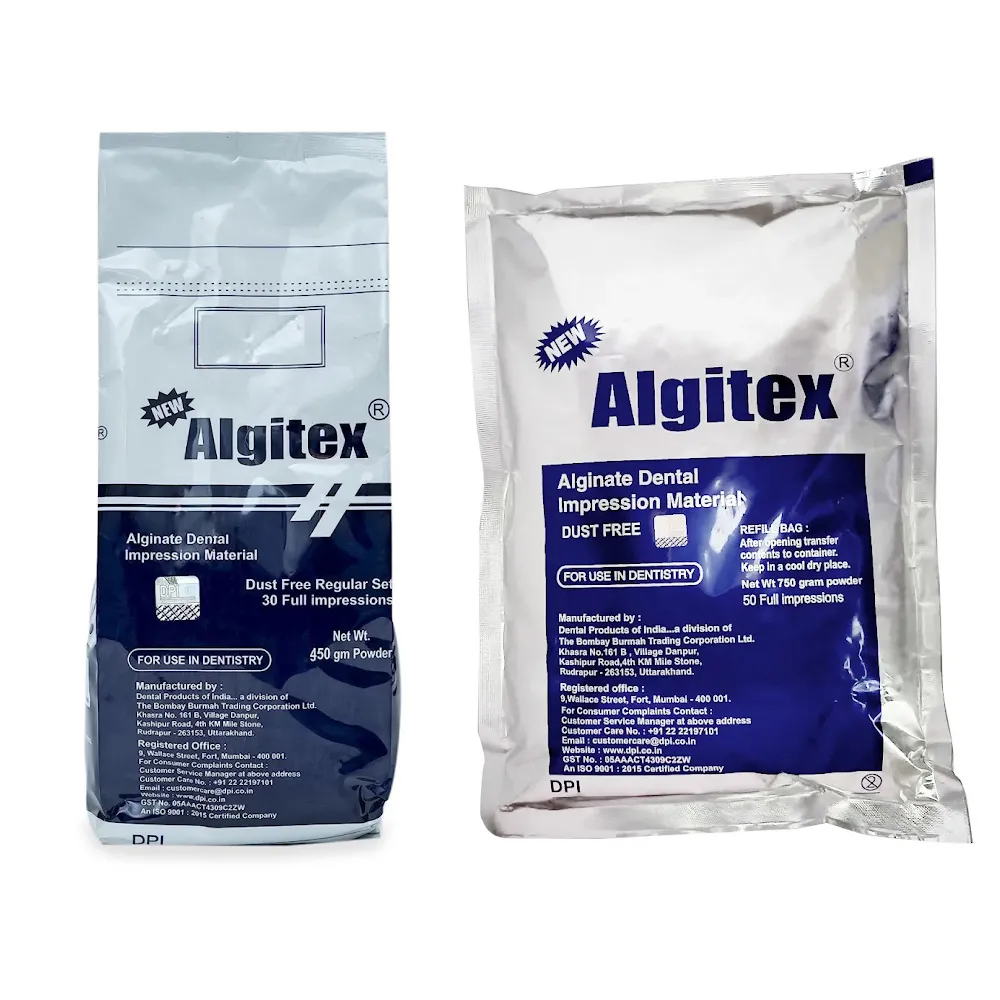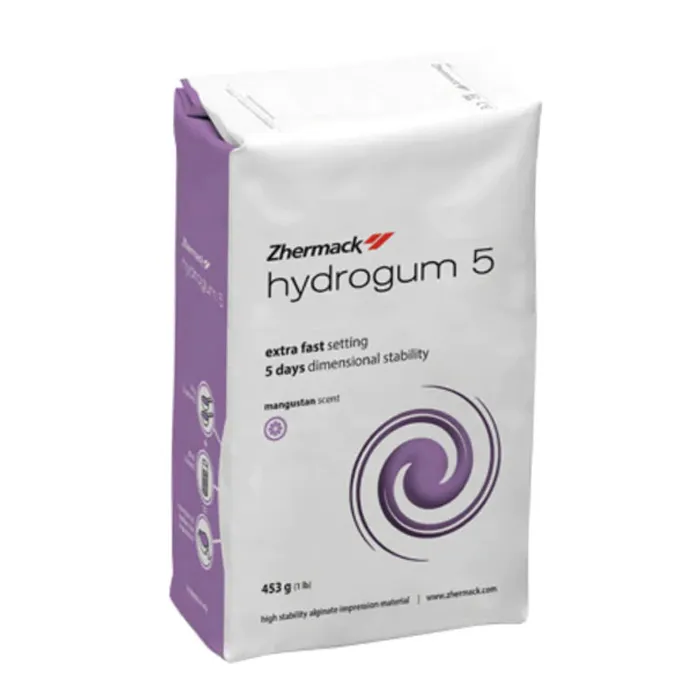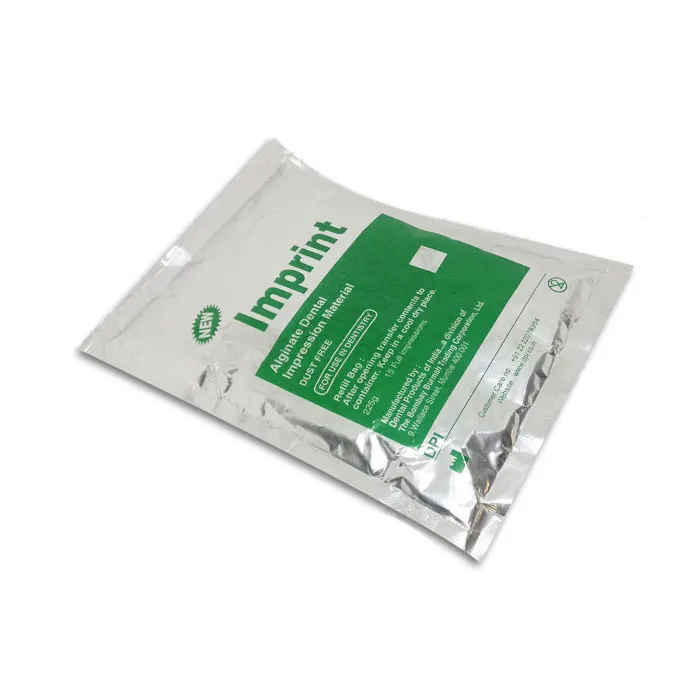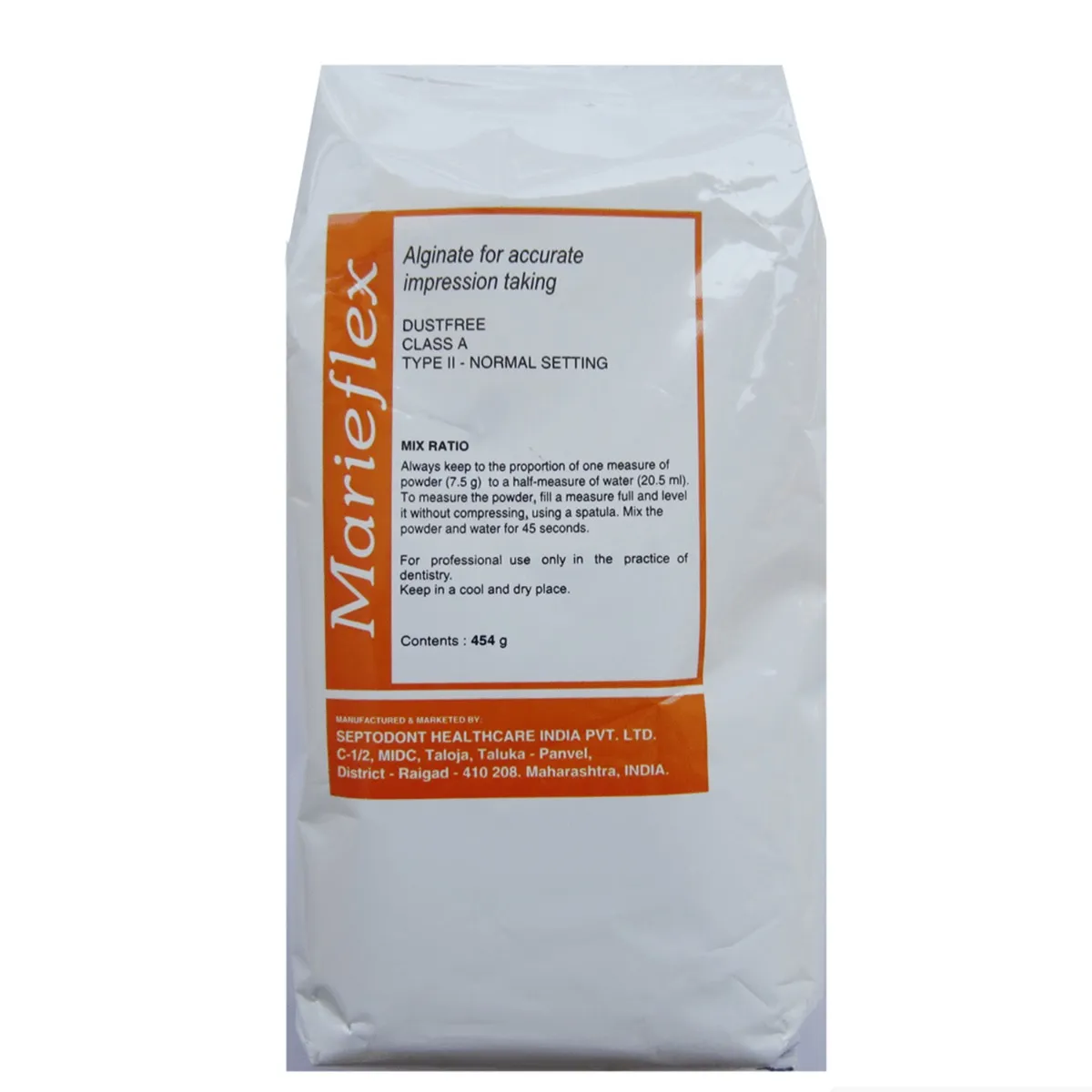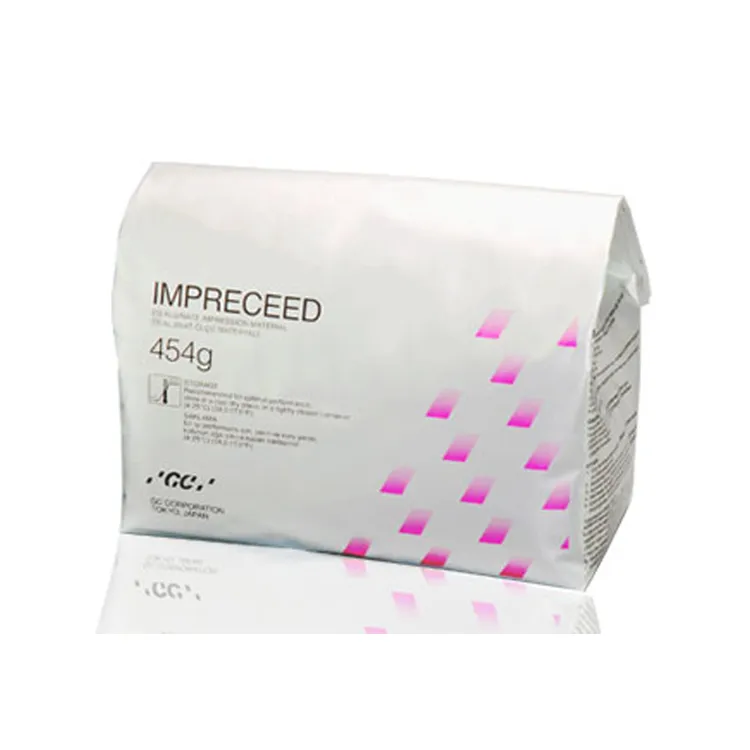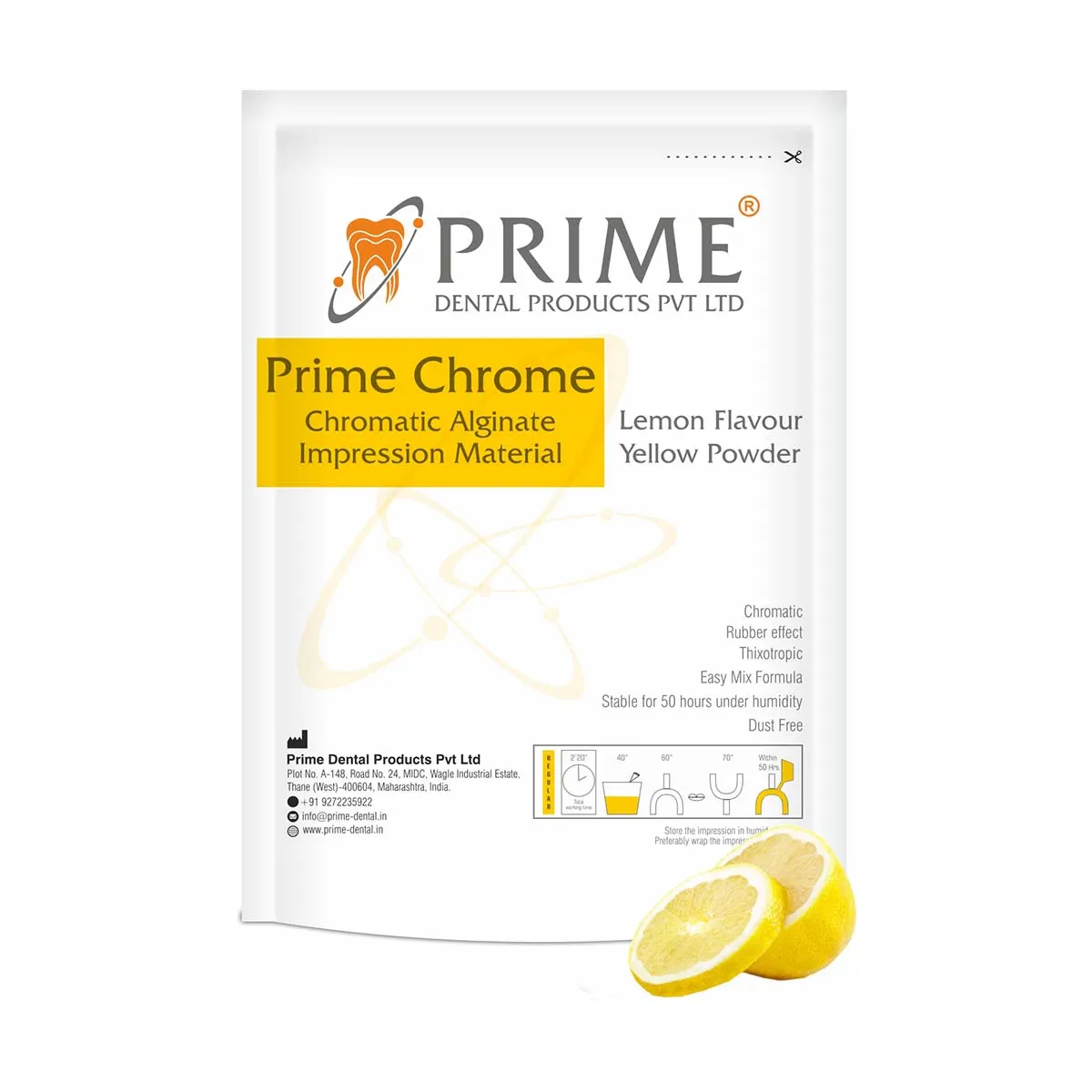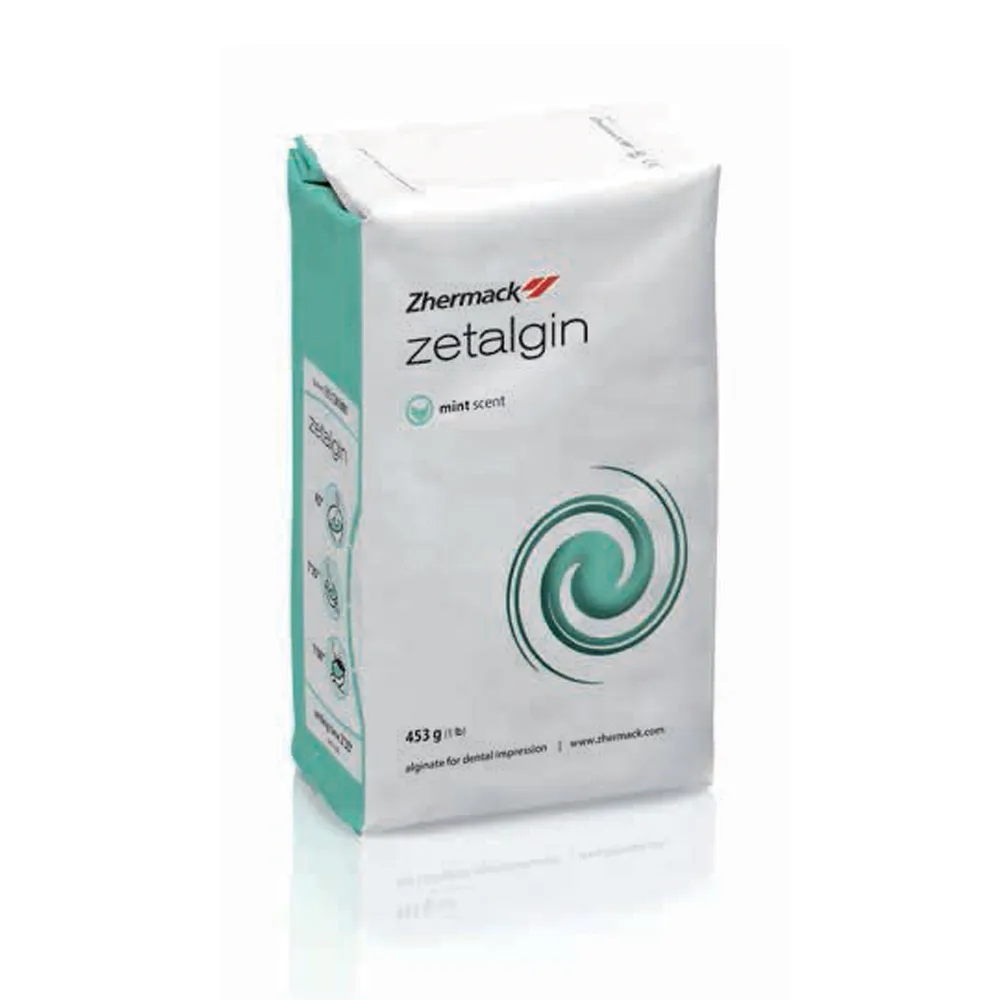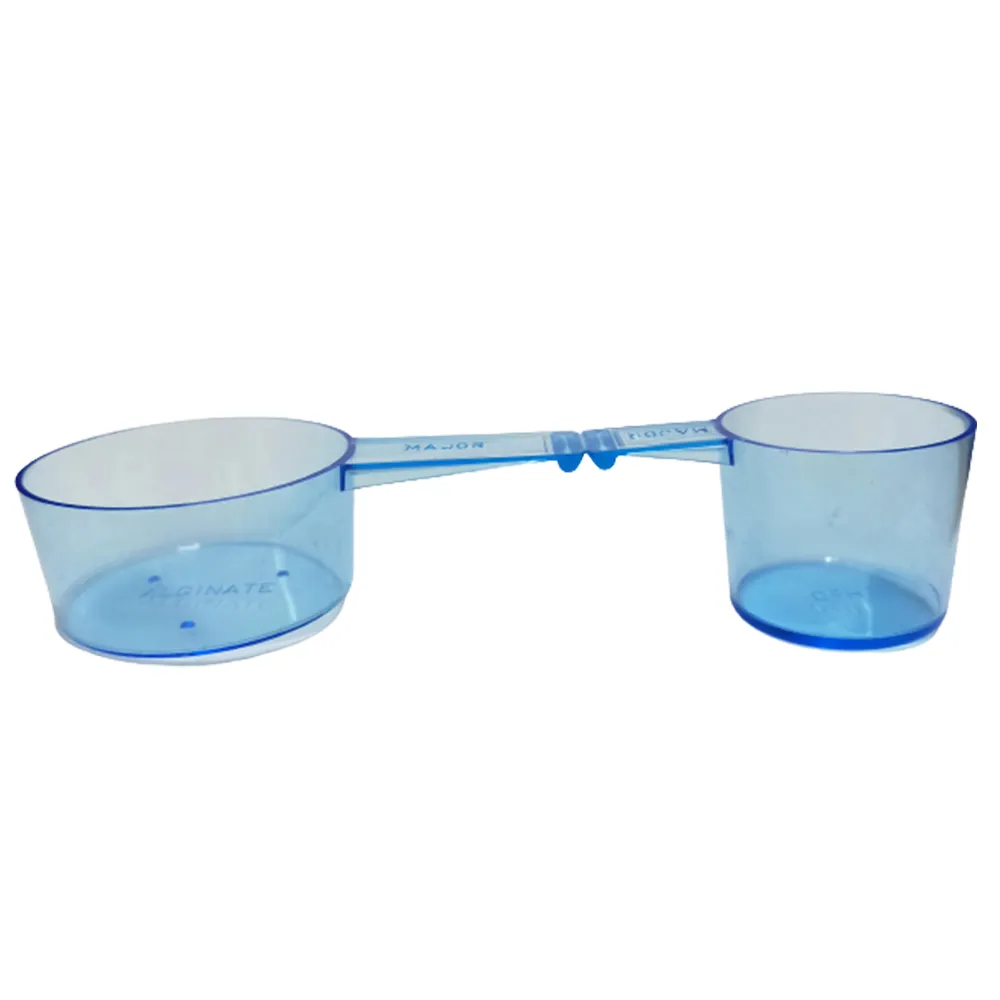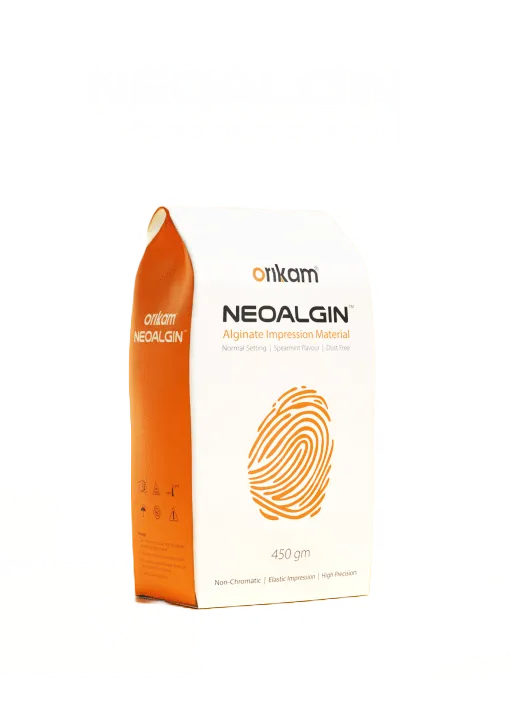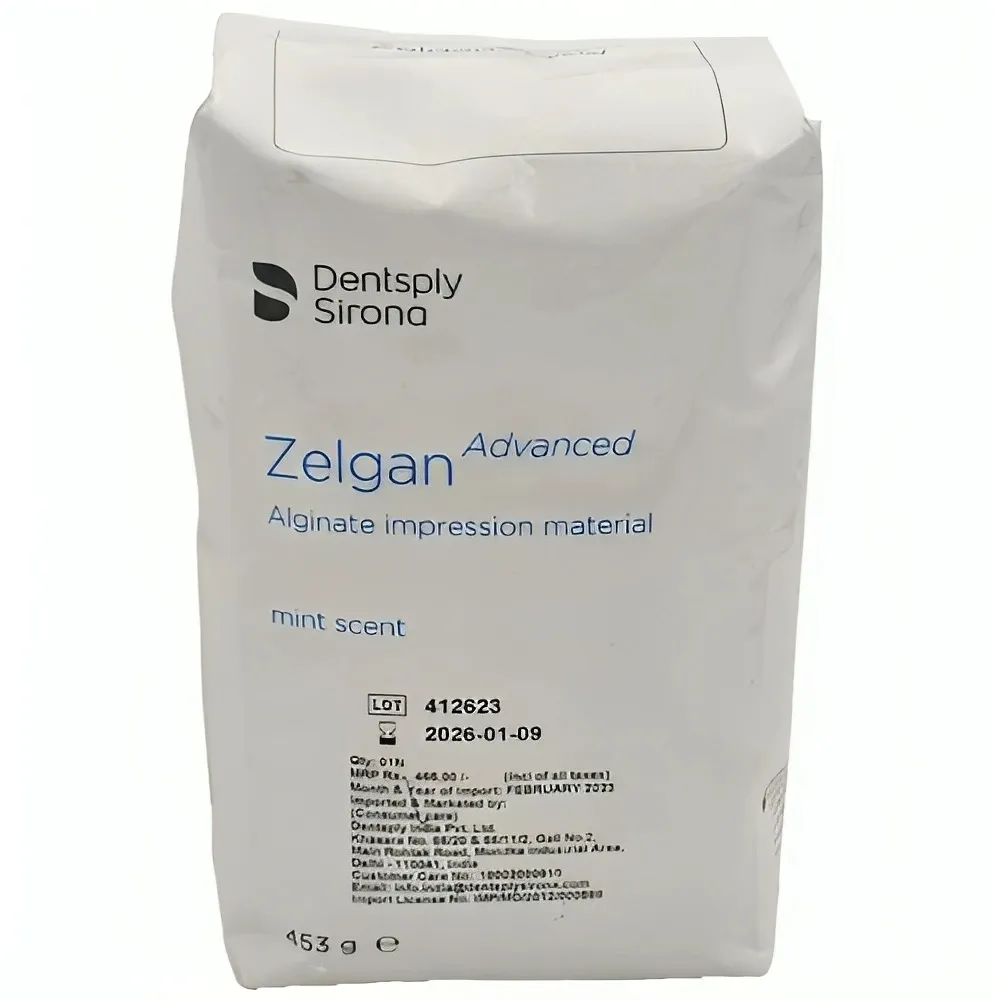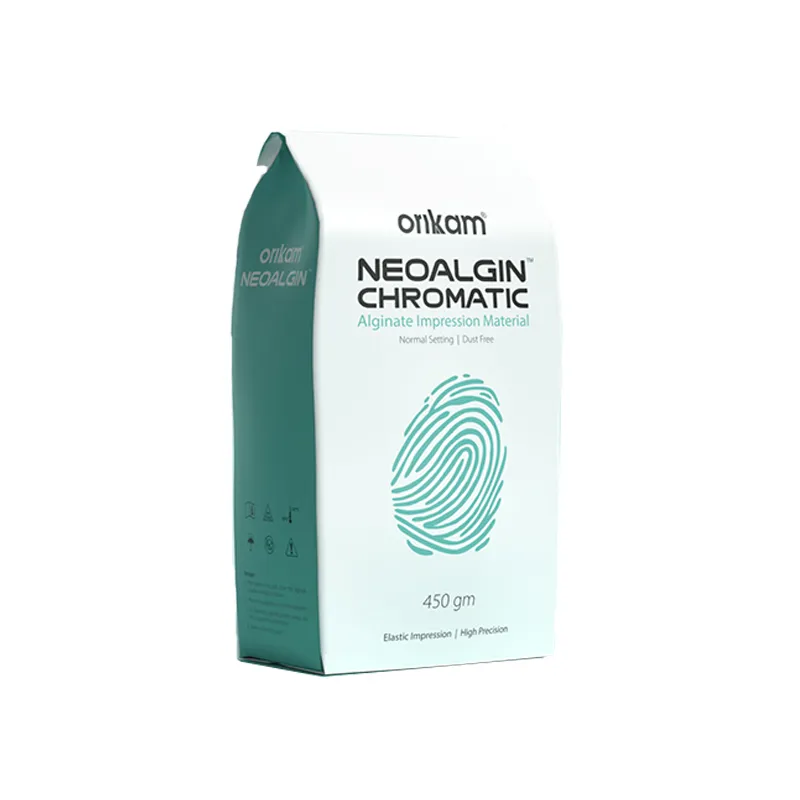Alginate Powder is an elastic, irreversible hydrocolloid impression material. The word alginate is derived from term ‘Algin’, coined by a chemist during the end of the 19th century. Alginate is a peculiar extract yielded by certain brown seaweed or algae. Alginates are elastic, irreversible hydrocolloid materials that form an inseparable part of indirect restorations in dentistry. Irreversible hydrocolloid impressions form an inseparable part of indirect restorations. Alginate Powder is one of the most frequently used dental materials; and alginate impression is a simple, cost-effective, and indispensable part of dental practice. Yet very few people can make alginate impressions just right the first time. For many years, alginate impression material has been a staple of most dental practices. They form a major bulk of our clinical practice even today; therefore, it becomes mandatory to understand the material and follow certain fundamental guidelines for flawless, predictable impressions and hence avoid repeat impression/restorations.
Irreversible hydrocolloid can be used in preliminary impressions, provisional crown-and-bridge impressions, study models, opposing dentition impressions. Alginates are used for impressions in orthodontic models, sports mouth guards, and bleaching trays; and more. A study has shown that alginate impressions can be used as final impressions for indirect restorations when the preparation margins are chamfer
What are the different types of dental alginate powder?
Based on the setting time Alginate Powder impression materials can be classified as:
- Type I - Fast setting
- Type II - Normal setting
What are the mixing times for alginate impression materials?
- Fast set alginates - 45 seconds
- Normal set alginates - 60 seconds
Care should be taken to not overmix or undermix the material as it may result in the following undesirable outcomes:
- Overmixing - Reduction in final strength and working time
- Undermixing - Inadequate wetting, lacking homogeneity and poor detail reproduction
What is the composition of dental alginate?
- Potassium alginate (15%) - Thickening agent
- Calcium sulfate (16%) - Reacts with potassium alginate to form the gel
- Trisodium phosphate (2%) - Slows down the reaction time for mixing
- Diatomaceous earth (60%) - Filler
- Zinc oxide (4%) - Adds bulk to the material
- Potassium titanium fluoride (3%) - Improve setting and surface strength
MIXING AND LOADING ALGINATE
Commonly used alginate powder materials are supplied in containers. A scoop is provided for measuring the powder; and a cylindrical plastic measuring cylinder, for measuring the water proportion. Some water supplies contain large amounts of minerals that can affect the accuracy and setting time of the alginate. In such cases, distilled or demineralized water can be used. Mixing is initiated by adding measured quantity of water to clean flexible rubber bowl. This is followed by the addition of correctly proportioned powder. Colder water can be used if longer working time is desired. Setting time should be controlled by varying water temperature, and not the consistency of mix. Mixing should be rapid with a wide-bladed spatula. The resultant mix should be creamy in consistency but must not drip off the spatula when lifted from the bowl
Mechanical mixing of alginate in devices such as the Alginator II (Dux Dental, Oxnard, California) or the Combination Unit (Whip Mix, Louisville, Ky.) ensures that the alginate mix is the same each time they are mixed. Mixing time is 60 seconds for hand spatulation and 15 seconds for mechanical.
The required amount of material is loaded onto the tray. The tray must be filled with the impression material up to the tray borders and any excess unsupported material (over-filled tray) at the periphery must be removed with the mixing spatula. The surface of the alginate is smoothed with a wet gloved finger.
Cast pouring with alginate impressions:
Casts should be poured using vacuum mixed stone and a vibrator. Thick mix of plaster or stone can entrap air bubbles. The tray should be placed with the teeth down. If turned upside down there would be a tendency for the water to rise to the highest points, causing faulty cusp tips on the model. Moreover, inverting the tray might cause the alginate to bend away from the tray if the excess material was not trimmed prior to pouring. The case must be removed immediately after it has reached an adequate set. If not, it might result in a “moth eaten” appearance on the cast
Storage and disinfection of alginate impressions:
Set alginate undergoes imbibition and syneresis if left in a normal clinical environment. The time before cast-pouring is critical. After being removed from the mouth, alginate impressions should be washed with a water spray, disinfected by means of the practitioner's choice of disinfection procedures, and dried until the shine just disappears. The impression has to be covered with damp gauze and left in a zip-lock plastic bag until the cast is poured. Cast-pouring must be delayed for 10 minutes, as the elastic recovery of alginate impression material is slow.
Distortion can be a problem if disinfection guidelines are not strictly adhered to. Hydrocolloids are hydrophilic in nature; hence they swell if immersed in water or disinfectant. Disinfectant sprays are used for alginate impressions, but they do result in air bubbles in the cast. Immersion disinfectants like 1% sodium hypochlorite or 2% glutaraldehyde can result in changes of 0.1%, and hence the quality of the impression surface may not be impaired if the recommended period of time is strictly followed
What are the brands selling Alginate Powder impression materials online?
Dentsply Zelgan, Zhermack Tropicalgin, 3M ESPE Alginate Impression Material, Septodont Plastalgin, Zhermack Neocolloid, Septodont Algiflex, Coltene, Gc, Dpi are some of the various alginate impression materials found online at Dentalkart.com
Why buy dental Alginate Powder impression materials online at Dentalkart.com ?
Dentalkart.com is the most trustable portal when comes to online dental material shopping. Having a wide range of alginates of premium brands. Described features make it possible to compare and contrast products before deciding the one to best suit your needs. The best quality alginate impression materials can be found at Dentalkart.com. With easy payment options available to suit the need of every dentist, Dentalkart.com offers quick delivery of products at your doorstep.








